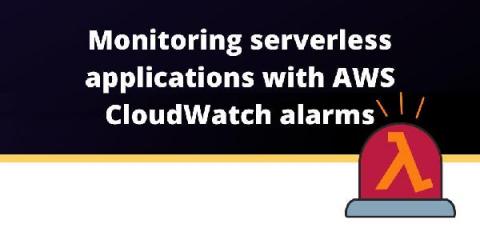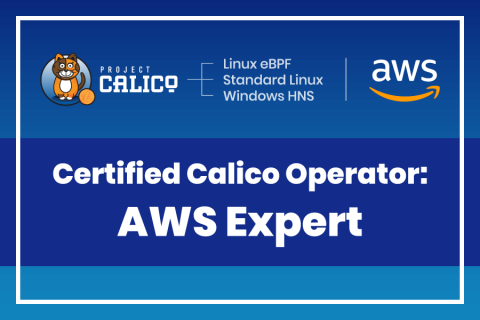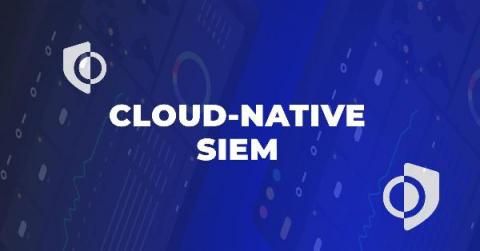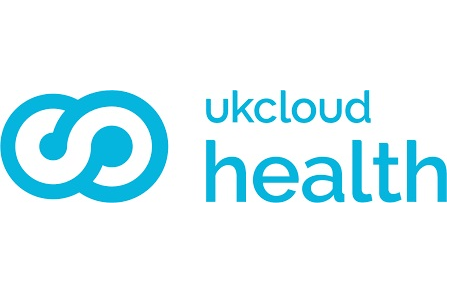Operations | Monitoring | ITSM | DevOps | Cloud
Latest News
Application view for Azure Serverless Integrations
Monitor AWS FSx audit logs with Datadog
Amazon FSx for Windows File Server is a fully managed file storage service built on Windows Server. Migrating on-premise Windows file systems to a managed service like FSx enables organizations to reduce operational overhead and take advantage of the flexibility and scalability of the cloud. But having visibility into file access activity across their environment is key for security and compliance requirements, particularly in sectors such as financial services and healthcare.
Monitoring serverless applications with AWS CloudWatch alarms
Running any application in production assumes reliable monitoring to be in place and serverless applications are no exception. As modern cloud applications get more and more distributed and complex, the challenge of monitoring availability, performance, and cost get increasingly difficult. Unfortunately there isn’t much offered right out of the box from cloud providers.
How To Create A Cloud Center Of Excellence (CCOE)
Unlocking New Possibilities with CloudHedge and IBM Edge Computing
Edge computing is gaining huge momentum lately, and with the onset of 5G, the opportunities are endless. Moreover, it ensures or brings computation and data storage closer to where the data is generated, further enables better control, reduces costs, provides faster and actionable insights, and supports continuous operations. In fact, by 2025, 75% of enterprise data will be processed at the edge, compared to only 10% today, as predicted by Gartner.
A Sneak Peek at the "Calico Certified Operator: AWS Expert" Course
Recently, we released our new “Calico Certified Operator: AWS Expert” course. You can read more about why we created this course and how it can benefit your organization in the introductory blog post. This blog post is different; it’s an opportunity for you, the potential learner, to get a glimpse of just a few interesting parts of the course. You won’t learn all the answers here, but you’ll learn some of the questions!
Why Cloud-Native SIEM?
The SIEM is a central point where data is collected and correlated, and as we move to consume more cloud services and data sets the SIEM itself must also change in architecture. Architecture change is hard to make for existing products. Calling a product a ‘cloud solution’ is not the same as taking an on-premises product and hosting it for customers. It means building a new SIEM for a new world. There are a lot of reasons users seek new SIEMs.









